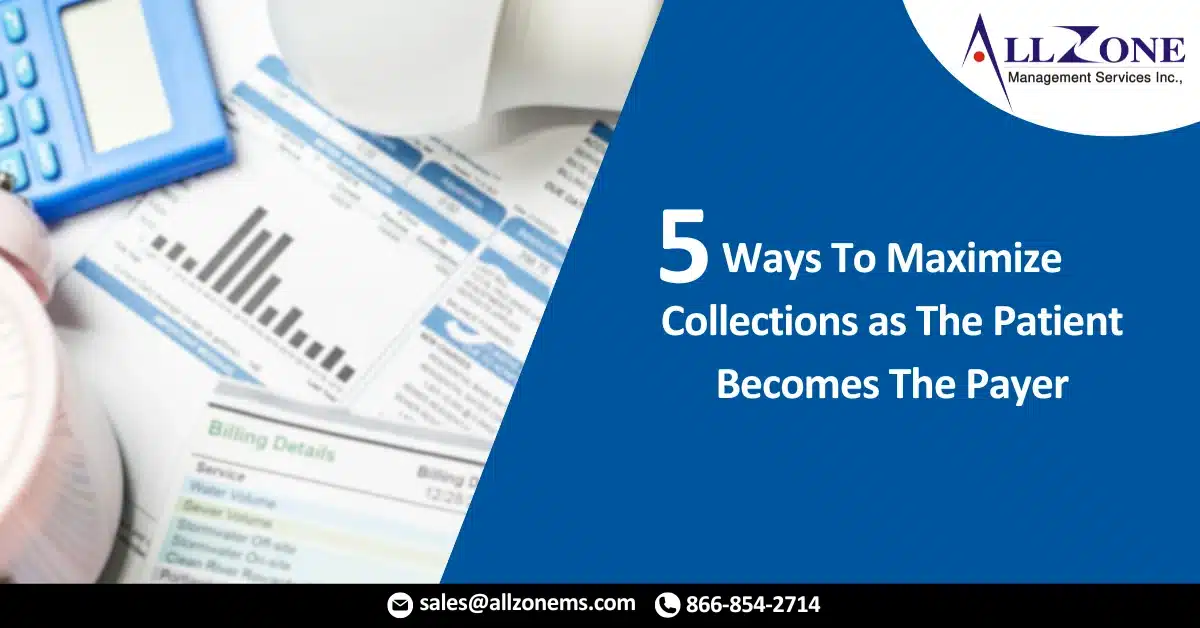Over the last few years, healthcare has shifted from a standardized, product-centric experience to one that is more personalized. Patients now have access to more information on providers than ever, meaning they have more choice when selecting care they feel will best meet their unique needs.
At the same time, patients are taking on more financial responsibility for their care. More and more patients are enrolling in high deductible health plans or becoming self-pay. Amid these changes, healthcare organizations must consider personalizing their payment processes to better ensure consumer satisfaction.
During an Oct. 22 webinar hosted by Becker’s Hospital Review and sponsored by VisitPay, David Kirshner; a retired academic medicine financial management leader with more than 30 years of experience, including 15 years as CFO of Boston Children’s Hospital; and Wendy Alexander, vice president of client services and analytics at VisitPay; shared five strategies VisitPay clients and partners have successfully implemented to improve collections for self-pay patients.
This article will largely focus on the analytics aspect of personalizing patient financial experiences — which includes insights, scoring and segmentation — and how healthcare organizations can leverage data to segment patients by their likelihood to pay their medical bills.
Here are five concrete strategies to achieve increases in patient payment collections:
1. Calculate propensity to pay:
In a propensity to pay model, organizations quantify the likelihood that each patient will pay their bill. By taking this model just one step further and more clearly differentiating each liquidation range, organizations can segment their patient populations into two groups: those likely to pay and those unlikely to pay. This segmentation can then help organizations decide how they want to work with and communicate to each patient group. Those who are likely to pay can be further separated into those that are highly likely, and those that are somewhat likely. That third group — the “somewhat likely” — is where there is growing need and opportunity as a more patients face higher balances.
“This really gets to the question of moving from our old world where we were treating everybody the same to now giving them a chance to tailor something to themselves, that fits their situation better,” Mr. Kirshner said.
2. Minimize early-out utilization
For healthcare organizations that outsource their collection processes to an early-out vendor, Ms. Alexander recommends avoiding outsourcing patient accounts that are highly likely to pay. That way, organizations avoid paying contingency fees for patient payments they are likely to collect on their own.
3. Optimize collection efforts
Organizations may be facing high balance accounts with low propensity to pay or low balance accounts with high propensity to pay. To identify the most efficient use of labor, organizations should use analytics to identify the hard-to-collect self-pay balances and analyze the work effort each requires compared to the collections they receive for that work effort. That way, organizations can reallocate resources away from high-volume, low-reward work.
4. Implement effective online capabilities
A simple yet not-often-realized trick to maximizing collections is to influence online behavior. Many patients — particularly millennials — want to be able to pay their bills online. Moreover, healthcare organizations can influence the payments patients choose to make each month by recommending a default payment or nudging them to pay larger portions of their bills in fewer installments. Patients are more likely to opt for a default plan than create their own, so it’s a good idea to set the default payment amount and duration slightly higher than what patients would normally select.
5. Manage bad debt
When managing bad debt, Ms. Alexander recommends healthcare organizations identify bad debt accounts with a very low going-forward payment rate, which allows for the prioritization of work efforts on accounts with a higher likelihood of being paid out.
“We see more people effectively turning nonpayers into payers with a reduction in bad debt and that comes from both reducing things that went to bad debt in the first place … and also being able to understand and work accounts that have gone to bad debt,” Ms. Alexander said.
To successfully personalize the collections process, hospitals should use analytics to assess demographic information and consumer attributes to target patients with specific payment plan options. Strategic use of analytics can help support a personalized financial experience for patients, which can ultimately result in improved collections.
For more information: CLICK HERE

